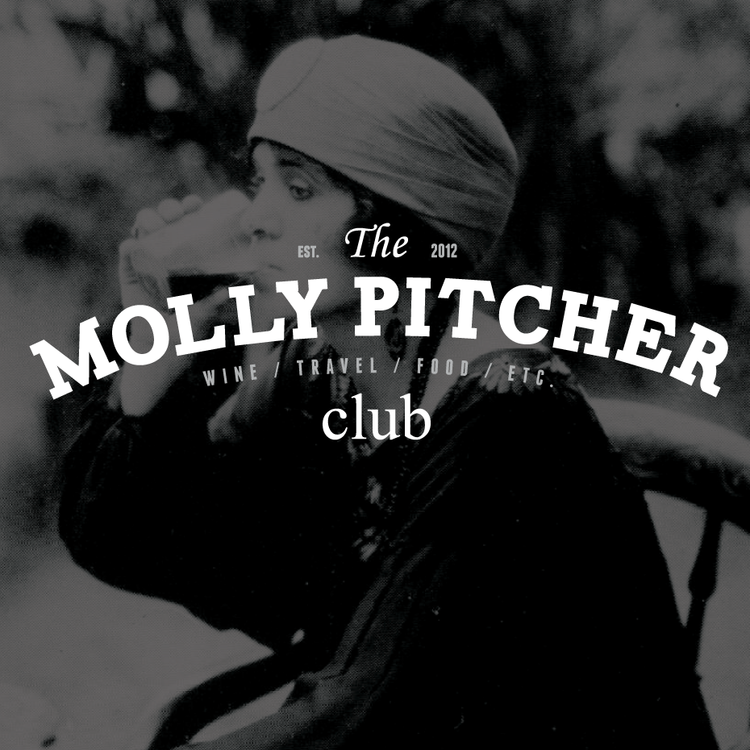Benchmark Wine Tasting Class: Aromatic Whites
Back in mid-January, I had the privilege to participate in a Benchmark Wine Tasting at Penn State University with the Penns Woods Winery crew. Needless to say, for a wine-nerd like me, it was an awesome experience! First of all, I got to taste approximately 30 different wines - made with different varietals and produced in different regions. But as an added bonus, it was interesting (and somewhat refreshing) to not be the biggest wine nerd in the room!
This series will discuss the wines that were tasted and provided an overview of the region and/or grape of each wine. To keep the posts (relatively) short, the series will be broken up into multiple posts, organized by the flights we tasted. First up, we tasted a flight of aromatic whites, including three Rieslings and two Gewürztraminers. I will also discuss the two Moscatos that we tasted at the end of the day, since Moscato (while sweet) is typically a highly aromatic white wine.

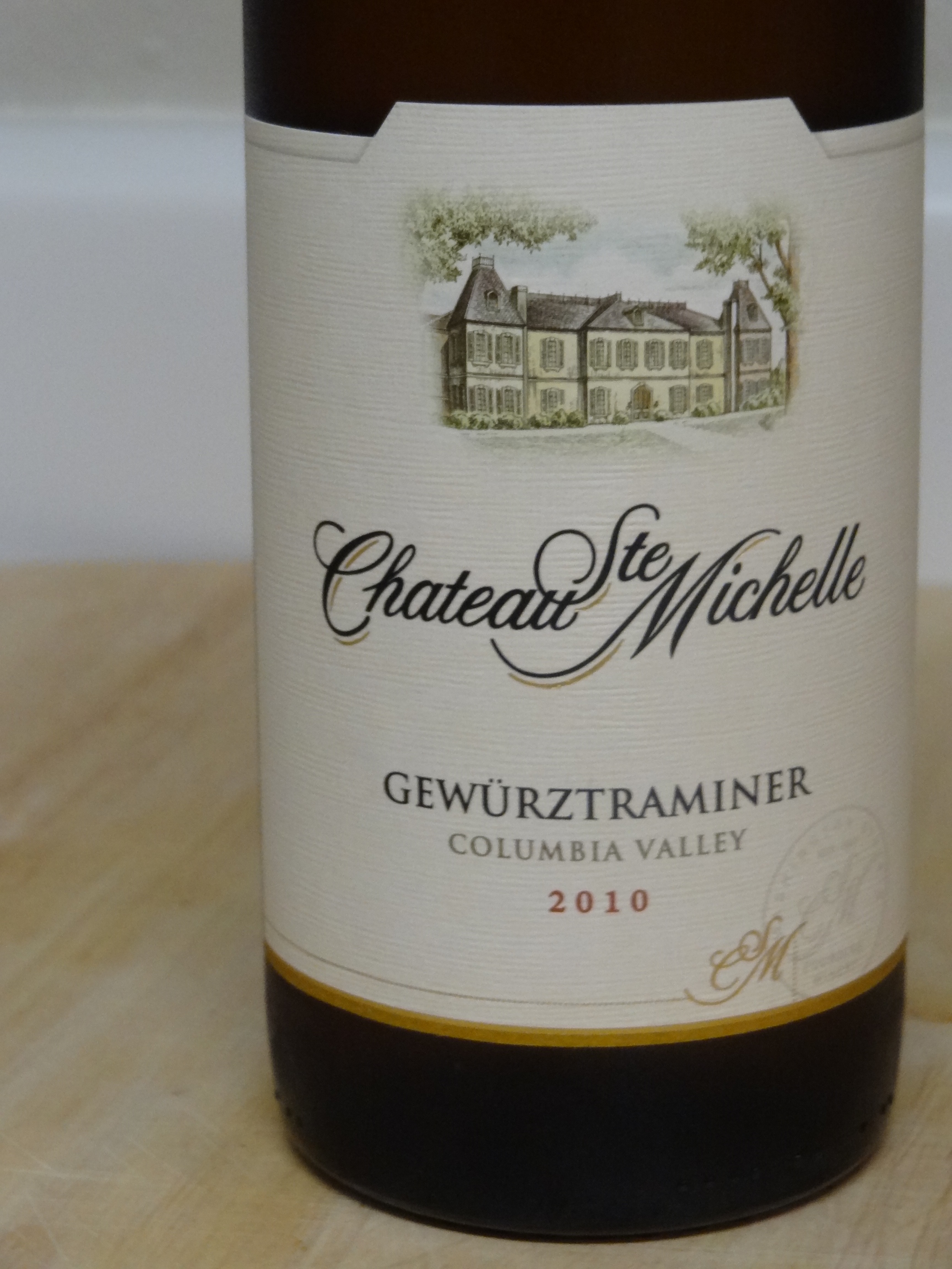
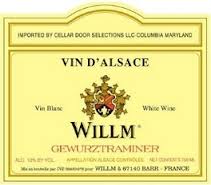

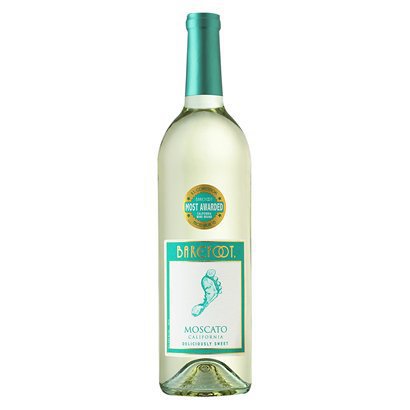
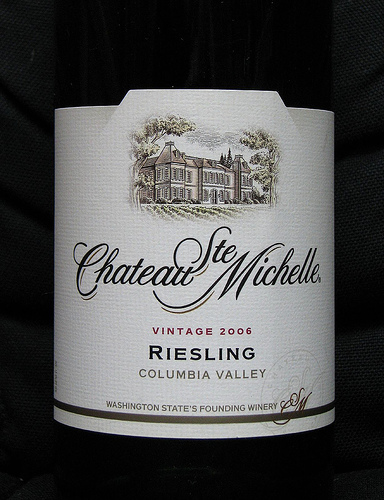
(Above are some of the labels we tried. These images are intended to identify the producer and not necessarily the specify wine/vintage).
So what is the definition of aromatic?
Webster's tells us that, generally, the term "aromatic" means "having a pleasant and distinctive smell." But, we know know that when it comes to wine - everything has multiple definitions. When I hear aromatic, I think white wine. I expect a strong, fruit-forward or almost floral, aroma from the wine. Officially speaking, wine professionals agree the most common winemaking techniques used in the production of "aromatic wines" include: fermentation in stainless steel or concrete and harvesting the grapes later in the harvest to yield high acidity and low alcohol wines.
So what should you look for in the wine store if you want an aromatic white? The most popular varietals include: Gewürztraminer, Pinot Blanc, Pinot Gris, Riesling and Viognier. For now, our discussions will stick to a comparison of Riesling, Gewürztraminer and Moscato.
Photo Source. The International Riesling Foundation (a fine foundation indeed!)
Riesling.
Call me a broken record, but Riesling has a bad rep... especially in the United States. Americans either love it or hate it, but most assume its a honeyed sugar bomb. I can not say it enough -- drop the Riesling assumptions and taste with an open mind. The blog has discussed Riesling a few times, check out the feature here, but we have yet to dedicate a full tasting to this noble grape. Before I give you my thoughts on the individual Rieslings, remember the grape's best qualities, including:
- Ability to withstand cooler climates,
- Notably food friendly, and
- Light body and naturally high acidity.
Nimble Hill Riesling 2011
Where it's from. Pennsylvania, specifically Sugar Holland Vineyard.
My Thoughts. The room was amazed at the complexity of this Pennsylvania Riesling. I thought it was tart (in a good way), astringent and high acidity, with flavors of stone fruit and citrus.
Chateau Ste. Michelle Riesling 2011
Where it's from. Columbia Valley, Washington.
My Thoughts. This wine was tart as well, but not nearly as astringent when tasted. The group thought it tasted of citrus, grapefruit and even petrol. (not sure where some get this taste from - I'm looking into it!)
S.A. Prum Kabinett Riesling 2009
Where it's from. Mosel, Germany.
My Thoughts. I think one of the reasons Americans (and wine-drinkers internationally) fear Riesling is the ever-daunting German wine label. Germans are nothing if not thorough, and so are the wine labels. So when you see "Kabinett" on the label, remember that the wine was made with late harvest grapes that can be semi-sweet or dry (trocken). When I tasted this wine, I was definitely intrigued. When I heard "Kabinett" I assumed it would be on the sweeter side - I was so wrong. It had a subtle sweet apple flavor without the overpowering honey.
Gewürztraminer.
Gewürztraminer is distinguishable from Riesling because it has only moderate acidity and is full-bodied. It's primarily grown in the Alsace region of France. I notice the prominent bouquet of aromas from this grape, including: rose, passion fruit and lychee.
Paul Buecher Gewürztraminer 2011
Where it's From. Alsace, France.
My Thoughts. This wine was awesome. It had a powerful floral aroma including rose and honeysuckle. But the taste was completely different from the aroma. It had an almost hoppy flavor, spicy up front with a mellow finish.
Chateau Ste. Michelle Gewürztraminer 2010
Where it's From. Columbia Valley, Washington.
My Thoughts. This wine was mild in flavor. Drinkable but nothing to write home about.
Photo Source.
Moscato.
"Moscato" is the Italian name for the Muscat grape. It is known for making semi-sweet, lightly sparkling, and low alcohol wines
Montefiori Moscato
Where it's From. Piedmont, Italy. Moscato is most commonly grown near the northern town of Asti (hence the term Moscato D'Asti, meaning Moscato from Asti).
My Thoughts. This wine totally surprised me. As a fan of red wine and dryer reds I was expected to not enjoy this wine. But I loved it! (As did most of the room). It had a beautiful aroma of rose water, honeysuckle and lemon. It tasted similarly to it's smell and was wonderfully fresh. We compared it to Barefoot Moscato, which even given the price, was flat and less enjoyable than the Montefiori version.
All in all -- it was a great day of tasting wine! Stand by for follow up posts from this benchmark tasting series!
Cheers!
